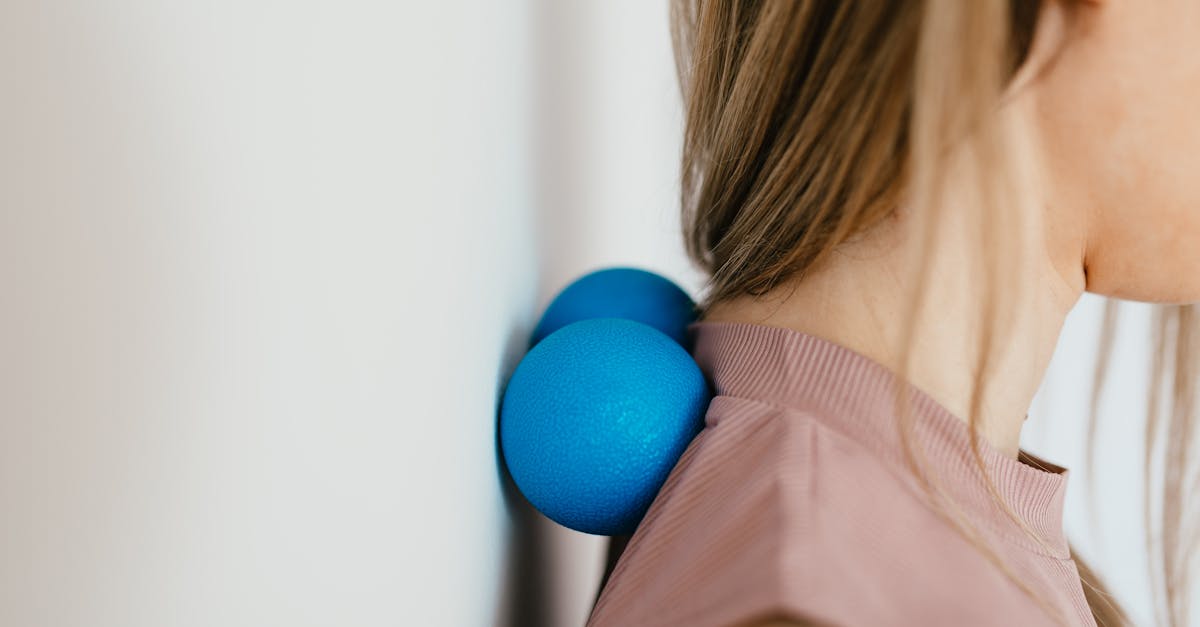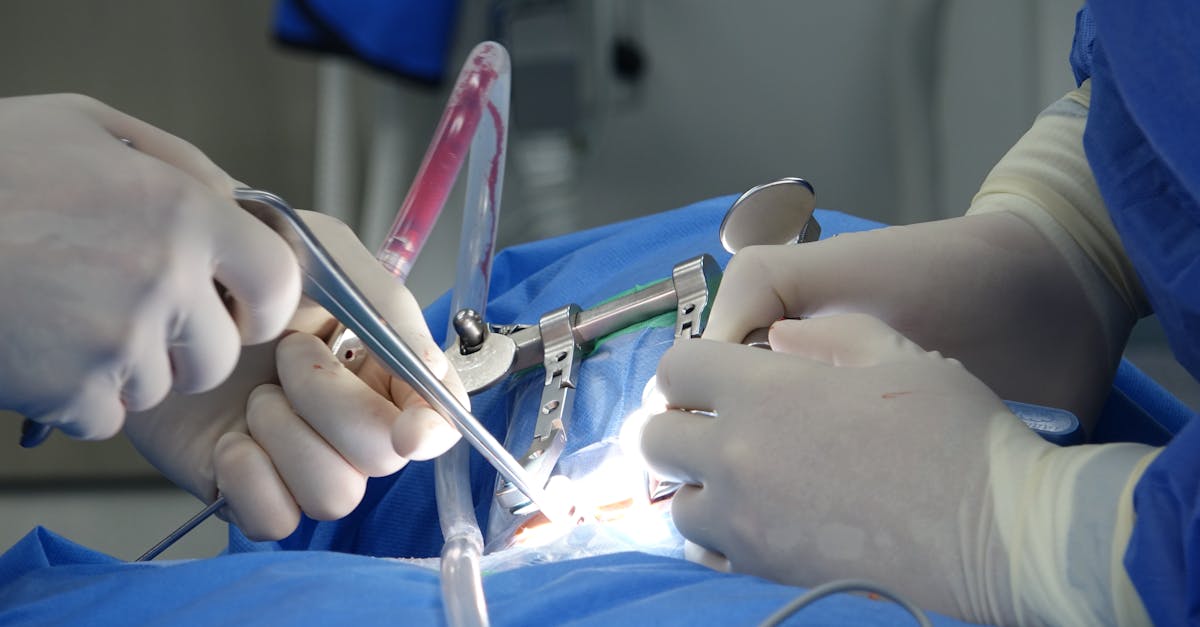Leg pain while running is a common issue that plagues both seasoned athletes and casual runners alike. Whether you’re training for a marathon or just trying to stay fit, persistent leg pain can be a significant hindrance to your running routine.
In this blog, we will delve into six effective strategies to alleviate leg pain while running, with a special focus on the potential benefits of Pulse Align—a holistic approach that addresses the root causes of discomfort rather than merely alleviating symptoms.
Understanding Leg Pain While Running
Before we delve into the strategies, it’s crucial to understand the underlying causes of leg pain during running. Several factors contribute to this discomfort, ranging from muscle strains and overuse injuries to poor biomechanics and inadequate footwear. Identifying the root cause is essential for developing effective solutions and preventing future occurrences.
Strategies to Alleviate Leg Pain While Running
Proper Warm-Up and Stretching
One of the leading causes of leg pain while running is insufficient warm-up and stretching. Many runners underestimate the importance of preparing their muscles before hitting the pavement. Warming up increases blood flow to the muscles, making them more pliable and less prone to injury.
The Impact of Dynamic Stretching
Dynamic stretching, characterized by controlled movements that mimic the activity you’re about to perform, is particularly beneficial for runners. It improves flexibility and range of motion while activating the muscles you’ll use during your run. Incorporate dynamic stretches like leg swings, high knees, and hip circles into your pre-run routine.
Optimal Footwear and Running Technique
Choosing the right footwear and maintaining proper running technique are essential elements in preventing leg pain. Ill-fitting shoes or worn-out sneakers can contribute to discomfort and injuries. Additionally, improper running form can place undue stress on the muscles and joints, leading to pain.
Invest in quality running shoes that provide adequate support and cushioning based on your foot type and gait. Small adjustments, such as maintaining a neutral spine and avoiding overstriding, can significantly reduce the impact on your legs.
Gradual Increase in Intensity and Distance
Many runners are eager to push their limits, but a sudden increase in intensity or distance can lead to overuse injuries and leg pain. It’s crucial to gradually progress your training to allow your muscles and joints to adapt.
Follow a structured training plan that includes incremental increases in mileage and intensity. Pay attention to your body’s signals, such as soreness and fatigue, and incorporate rest days to facilitate recovery. Cross-training activities like swimming or cycling can provide a break from repetitive impact while maintaining cardiovascular fitness.
Incorporate Strength Training to Alleviate Leg Pain While Running.
Weak muscles, especially in the core and lower body, can contribute to imbalances and increased stress on the legs while running. Integrating strength training into your routine can improve muscle stability and reduce the risk of injuries.
Targeted Exercises for Leg Strength
Include exercises that target key muscle groups, such as squats, lunges, and calf raises, in your strength training regimen. Building strength in the core and hips also plays a crucial role in maintaining proper alignment during running. A strong foundation provides support and reduces the strain on the legs.
Addressing Inflammation and Recovery
Inflammation is a common contributor to leg pain among runners. Managing inflammation and prioritizing recovery are integral components of a comprehensive strategy to alleviate discomfort.
Nutrition and Recovery Techniques
Incorporate anti-inflammatory foods into your diet, such as fruits, vegetables, and omega-3 fatty acids. Explore recovery techniques like foam rolling, compression therapy, and contrast baths to enhance circulation and reduce muscle soreness. Adequate sleep is equally vital for the body’s natural healing processes.
The Role of Pulse Align in Holistic Well-being
While traditional methods focus on symptom relief, Pulse Align takes a holistic approach by addressing the root causes of leg pain. Rooted in the understanding that the body’s natural state is one of well-being, Pulse Align aims to restore normal function rather than simply masking symptoms.
Understanding Pulse Align
Press Align recognizes that the body has an innate ability to heal itself when provided with the right conditions. It combines advanced technology with holistic principles to promote overall well-being.
Conclusion
In conclusion, alleviating leg pain while running requires a multifaceted approach that addresses both symptoms and underlying causes. By incorporating proper warm-up, optimizing footwear, gradually increasing training intensity, integrating strength training, and prioritizing recovery, runners can significantly reduce the risk of leg pain. Additionally, exploring holistic solutions like Pulse Align offers a unique perspective by focusing on the body’s inherent ability to return to a state of well-being.
Reference
Reinking, M. F., Austin, T. M., & Hayes, A. M. (2013). A survey of exercise‐related leg pain in community runners. International journal of sports physical therapy, 8(3), 269.https://www.ncbi.nlm.nih.gov/pmc/articles/PMC3679633/
As the visionary CEO of Pulse Align, François is dedicated to transforming the landscape of pain management and posture health. With a deep-rooted passion for innovation and a commitment to excellence, François leads the team in developing cutting-edge solutions that empower individuals to live healthier, pain-free lives. Under his leadership, Pulse Align has become a beacon of hope and support for those navigating postural-related issues and chronic pain. François brings a wealth of experience in neuromodulation and patient management technologies, combining strategic insight with a compassionate approach to address the unique challenges faced by each individual.




